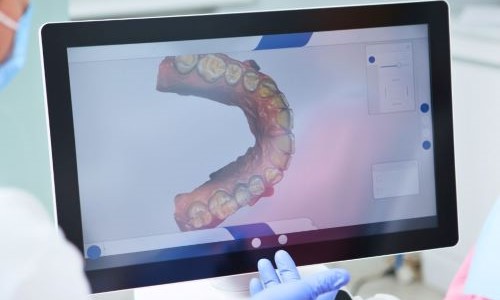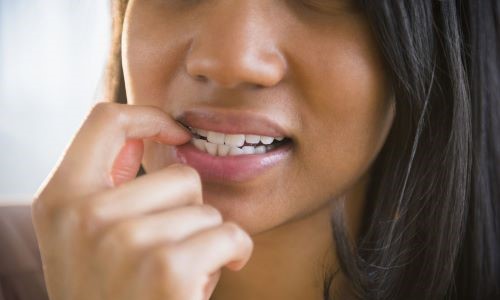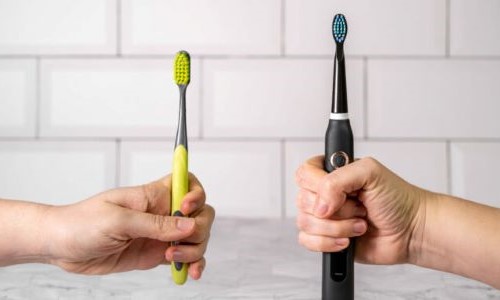Tooth decay in children is one of the most common dental issues worldwide, and Tanzania is no exception. Many parents assume that cavities in baby teeth don’t matter because they will eventually fall out, but this is a dangerous misconception. Early childhood tooth decay can lead to pain, infections, difficulty eating, and even speech problems.
At Elite Dental Clinic, Tanzania, we prioritize your child’s oral health by helping parents identify early warning signs and take preventive measures.
What Causes Early Tooth Decay in Kids?
Tooth decay happens when harmful bacteria in the mouth produce acid that attacks the enamel. Some key causes include:
🔸 Frequent Consumption of Sugary Foods & Drinks – Candies, juices, and sodas feed cavity-causing bacteria.
🔸 Poor Oral Hygiene – Irregular brushing and flossing allow plaque buildup.
🔸 Bottle Feeding at Night – Leaving a milk or juice bottle in your child’s mouth overnight exposes teeth to sugar for hours.
🔸 Lack of Fluoride – Fluoride strengthens enamel and prevents decay.
🔸 Genetics & Health Conditions – Some children are more prone to cavities due to family history or weak enamel.
Warning Signs of Tooth Decay in Children
White or brown spots on teeth – An early sign of enamel erosion
Sensitivity to hot, cold, or sweet foods
Bad breath, even after brushing
Visible holes or dark stains on teeth
Swollen or bleeding gums
Complaints of tooth pain or discomfort while eating
If you notice any of these symptoms, schedule a dental visit immediately to prevent further damage.
How to Prevent Early Childhood Tooth Decay
✔️ Start Brushing Early
Begin cleaning your baby’s gums before teeth erupt using a soft cloth. Once teeth appear, use a soft-bristled toothbrush and fluoride toothpaste.
✔️ Limit Sugary Snacks & Drinks
Encourage healthy snacks like fruits, dairy, and nuts, and avoid sugary sodas or juices. Water is always the best drink for your child’s teeth.
✔️ Teach Proper Brushing & Flossing
Supervise brushing until age 7, ensuring they clean all surfaces of their teeth. Flossing should start as soon as two teeth touch.
✔️ Regular Dental Checkups
Bring your child for a dental visit every six months to detect and prevent cavities before they worsen. At Elite Dental Clinic, we offer gentle pediatric checkups and cleanings to keep your child’s smile healthy.
✔️ Fluoride & Sealants for Extra Protection
Ask your dentist about fluoride treatments and dental sealants, which help strengthen enamel and prevent decay.
Final Thoughts
Early tooth decay is preventable with proper care, diet, and regular dental visits. As a parent, you play a crucial role in protecting your child’s smile for a lifetime.
Book an appointment today at Elite Dental Clinic, Tanzania to ensure your child’s teeth stay strong and cavity-free!

















